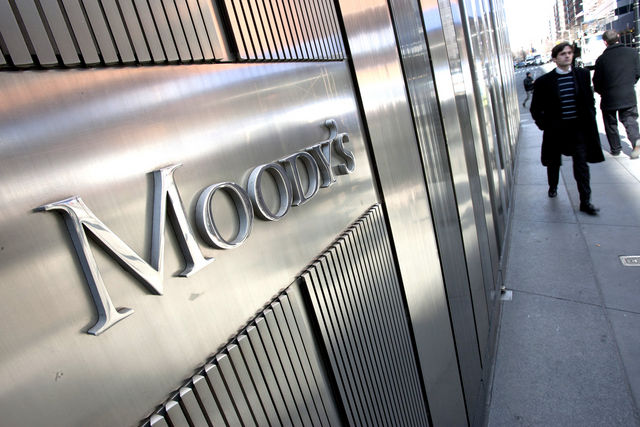The outlook for the global exploration
& production (E&P) sector has been changed to stable from
negative, Moody’s Investors Service has stated in its latest report.
The report anticipated that industry
earnings would slowly rise over the next 12 to 18 months on the back of
slightly higher oil prices, while natural gas producers would continue
to benefit from the reduced supply.
“We expect E&P sector Earnings
Before Interest, Taxes, Depreciation, and Amortisation (EBITDA) to rise
by about five per cent between mid-2020 and mid-2021 as oil prices
stabilise around $40 per barrel,” Moody’s Vice President/Senior Analyst,
Sajjad Alam said.
“Factors including lower operating costs
and oilfield services expenses, modest hedge protection and easier
access to midstream infrastructure, will partially support margins
through at least the middle of next year.”
E&P firms have slashed capital spending much more quickly in 2020 than they did during the 2015-16 downturn, Alam said.
In addition, spending is down 40 to 50 per cent this year, and absent of higher oil prices spending would continue at these low levels in 2021.
In addition, spending is down 40 to 50 per cent this year, and absent of higher oil prices spending would continue at these low levels in 2021.
The rating agency anticipated that lower
spending would lead to flat volume growth in 2021. Firms that suspended
dividends and share buybacks in 2020 will likely use any excess cash
flow to maximize shareholder returns or pay down debt, before increasing
capital spending.
Meanwhile, constrained access to capital
and looming debt maturities will remain the biggest hurdles for
speculative-grade companies with high debt loads, limited hedging and
tight liquidity, Moody’s added.
Default risk would remain high for weaker companies through 2021, with oil prices at $45 per barrel or higher needed to sufficiently reduce elevated solvency risk.
Default risk would remain high for weaker companies through 2021, with oil prices at $45 per barrel or higher needed to sufficiently reduce elevated solvency risk.
“Although oil demand will rebound
steadily into 2021 from a lower base, total demand is unlikely to return
to peak 2019 levels before 2022. The COVID-19 pandemic has triggered a
major global economic downturn, and the oil and gas industry took a
severe hit in 2020 from the collapse in demand for transportation fuel.
The E&P sector suffered an unprecedented demand shock.
“Global oil consumption, which had grown
by some 1.3 million bbl/year for two decades to a 102 million bbl/day
(bpd) peak in 2019, collapsed by almost 20 per cent in April 2020 as
countries worldwide restricted movement to try and contain the spread of
COVID-19 virus. In the subsequent months, however, temporary shutdowns
eased and economies began opening, partially restoring global
consumption to roughly an annualised 95 million bpd by September 2020.”
It added: “Excess inventory will also
pressure prices. Despite deep production cuts, global crude inventory
levels remain at record high levels and may not begin to recede
meaningfully until 2021.
“Producer response to the sudden market shifts were rapid, with both independent producers and the biggest oil-producing nations displaying willingness and creativity in dealing with the demand crisis, and their drastic supply reductions buoyed prices in mid-2020.
“Still, we expect crude prices to remain volatile at least through
2021 keeping the industry’s recovery prospects fragile. Higher prices
that would make the entire industry economically profitable would
require ongoing production discipline. Most producers would need prices
substantially higher than the $40/bbl of early-September 2020 to replace
production and deliver returns that shareholders would find
acceptable.”
“Producer response to the sudden market shifts were rapid, with both independent producers and the biggest oil-producing nations displaying willingness and creativity in dealing with the demand crisis, and their drastic supply reductions buoyed prices in mid-2020.





No comments :
Post a Comment